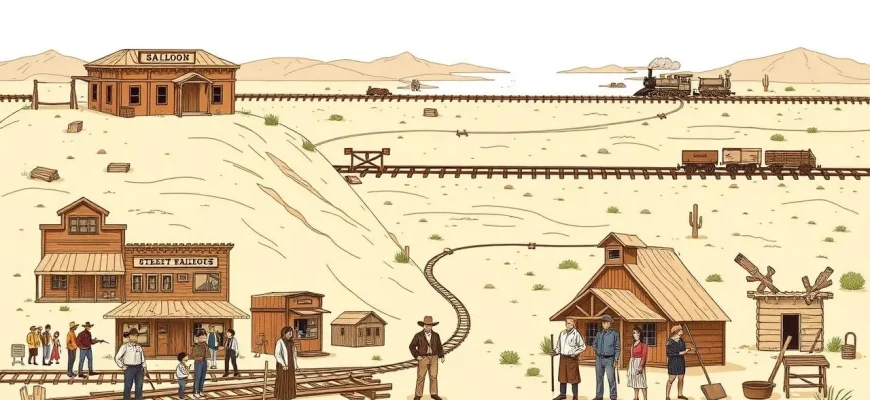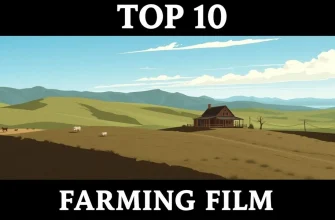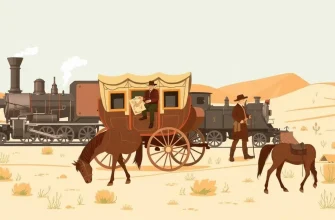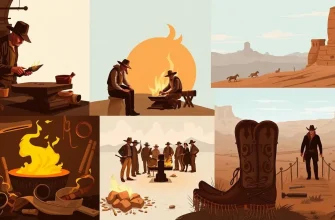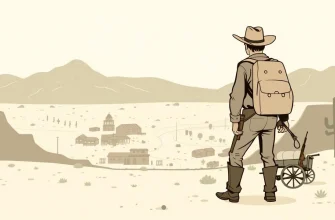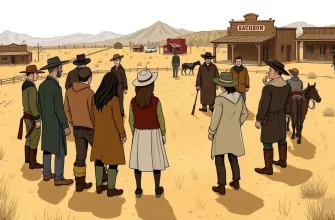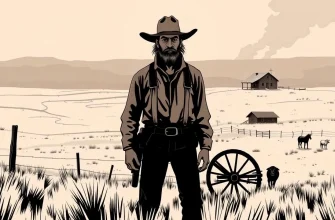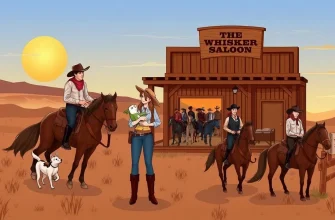The Wild West wasn't just about lawlessness and gunfights; it was also a time of growth, where communities were built from the ground up. This curated list of Western films focuses on the theme of construction, showcasing the efforts of individuals and communities to create something lasting in the harsh frontier. From railroads to towns, these films highlight the spirit of perseverance and the American dream of building a better future.
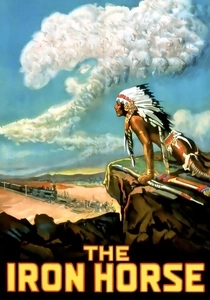
The Iron Horse (1924)
Description: This silent epic by John Ford tells the story of the construction of the first transcontinental railroad, capturing the monumental effort and the clash of cultures involved.
Fact: The film was shot on location along the actual route of the transcontinental railroad. It was also one of the first films to use extensive location shooting.
 Watch Now
Watch Now 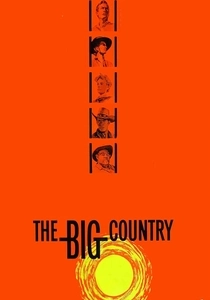
The Big Country (1958)
Description: While not directly about construction, this film captures the spirit of building a life in the vast, untamed West, with themes of land ownership and community.
Fact: The film was nominated for two Academy Awards, including Best Director for William Wyler.
 Watch Now
Watch Now 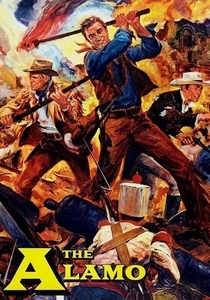
The Alamo (1960)
Description: While focusing on the famous battle, the film also captures the spirit of building a fort and a community in the face of adversity.
Fact: John Wayne not only starred in but also directed this film, which was a passion project for him.
 Watch Now
Watch Now 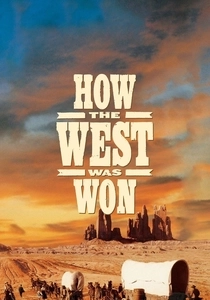
How the West Was Won (1962)
Description: This epic saga spans several decades, showing the westward expansion of the United States, including the building of the railroad and the settlement of new lands.
Fact: The film features a star-studded cast including John Wayne, Henry Fonda, and James Stewart. It was one of the first films to use Cinerama, a widescreen process.
 Watch Now
Watch Now 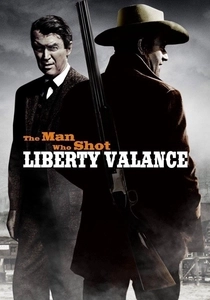
The Man Who Shot Liberty Valance (1962)
Description: This film explores the transition from the wild frontier to a more civilized society, with the construction of law and order being a central theme.
Fact: John Ford's famous line, "When the legend becomes fact, print the legend," comes from this film.
 Watch Now
Watch Now 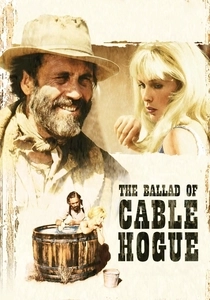
The Ballad of Cable Hogue (1970)
Description: Sam Peckinpah's film about a man who builds a way station in the desert, symbolizing the construction of hope and enterprise in the West.
Fact: The film was shot in the Nevada desert, providing an authentic backdrop for the story.
 Watch Now
Watch Now 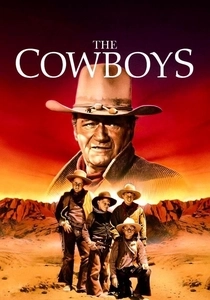
The Cowboys (1972)
Description: John Wayne plays a rancher who hires schoolboys to help drive his cattle to market, symbolizing the building of character and community.
Fact: This was one of the last films John Wayne starred in before his death.
 Watch Now
Watch Now 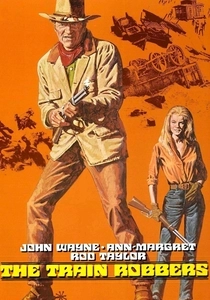
The Train Robbers (1973)
Description: Although primarily an action film, it includes themes of building a new life and community after the Civil War.
Fact: The film was shot in the Mexican state of Durango, known for its Western film locations.
 Watch Now
Watch Now 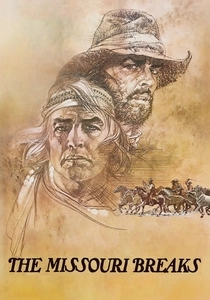
The Missouri Breaks (1976)
Description: This film, starring Marlon Brando and Jack Nicholson, deals with the clash between old and new ways of life, including the building of ranches and homesteads.
Fact: It was one of the last films directed by Arthur Penn.
 Watch Now
Watch Now 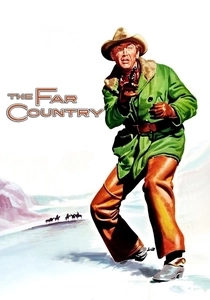
The Far Country (1954)
Description: James Stewart stars as a cattle driver who inadvertently becomes involved in the building of a community when he's forced to settle in a small mining town.
Fact: The film was shot in Jasper National Park in Canada, providing a stunning backdrop for the story.
 30 Days Free
30 Days Free 
